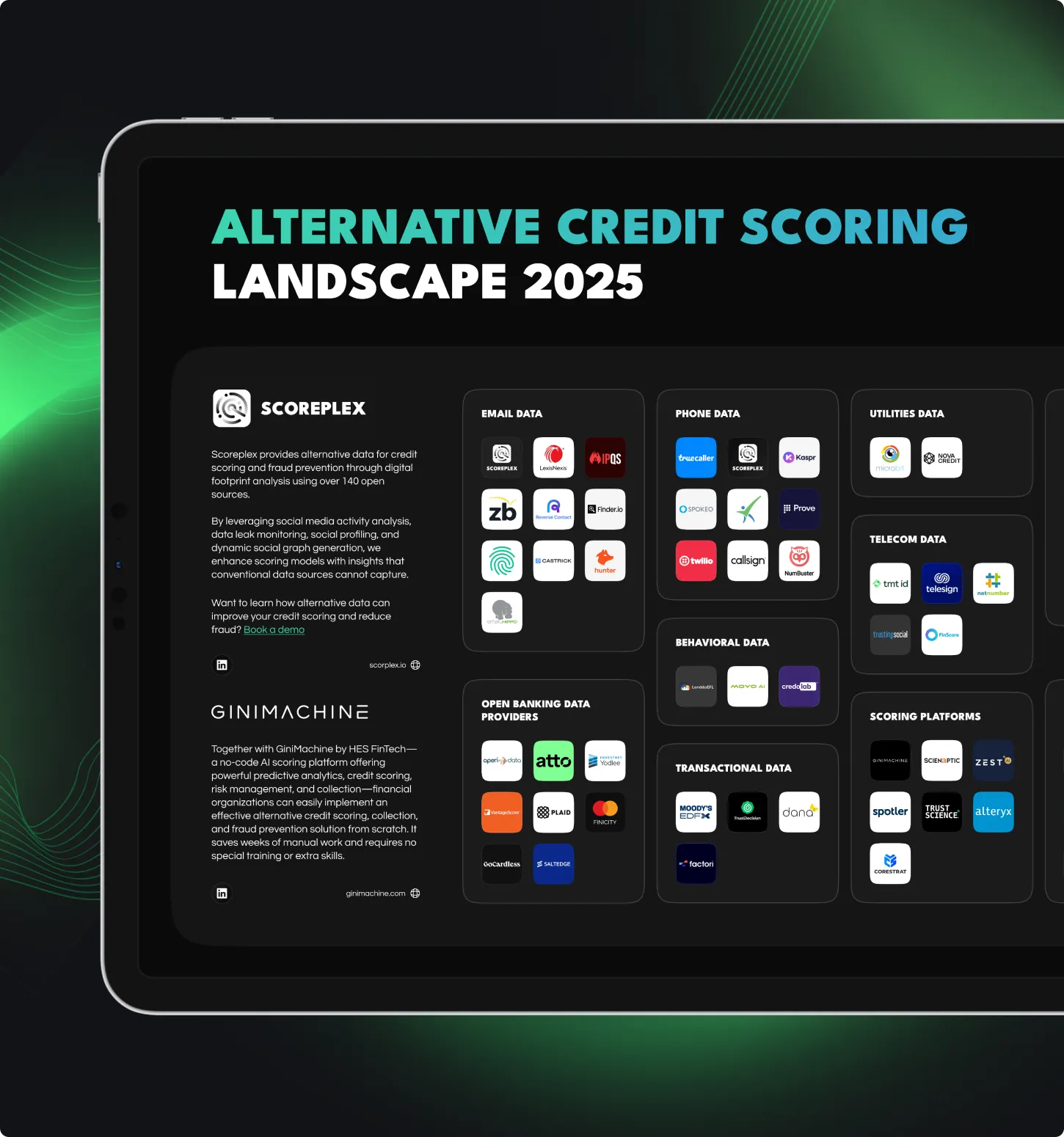In recent years, financial technology, or fintech, has been reshaping the lending industry in ways that benefit both borrowers and lenders. This digital revolution has made loans more accessible and affordable for individuals and businesses. This article will explore five key ways technology is driving this transformation.
1. Streamlined Application Processes
Traditionally, applying for a loan could take a lot of work. Applicants had to gather piles of paperwork, endure long waits, and navigate a maze of bureaucracy. Fintech has revolutionized this experience by simplifying and expediting the application process.
Online Applications
Fintech platforms offer online application forms you can complete in a few minutes. These user-friendly forms often require minimal documentation, reducing the burden on applicants.
Traditionally, applying for a loan necessitated a small pile of physical documents, such as bank statements, tax returns, payslips, and identification documents, which must be collected, photocopied, and submitted physically or scanned. Fintech’s online applications, on the other hand, often demand only essential information, such as basic personal details, income sources, and a few financial specifics.

Automated Verification
Advanced algorithms and artificial intelligence now enable instant verification of applicant information. Such a feature reduces the time needed for background checks and credit assessments.
In the traditional lending landscape, these processes could take days, if not weeks, as financial institutions meticulously scrutinize physical documents and manually cross-referenced information. Fintech platforms, powered by automated verification, have turned this lengthy ordeal into a swift, near-instantaneous procedure.
Such a revolutionary shift from bureaucratic processing of eligibility benefits students, in particular, who have to apply for student loans to finance their schooling or even enroll in paid education degrees online. It eliminates the need for processing documentation of the student’s credit and his consigner. They can now benefit from real-time verification of their eligibility and creditworthiness, allowing them to secure student loans instantly.
Additionally, automated verification enhances accuracy by minimizing the potential for human error that often accompanies manual document review, ensuring everyone receives fair and objective evaluations of their loan applications. Consequently, this technology-driven approach empowers students and other sectors to access the financial resources they require to pursue their educational and life aspirations confidently and conveniently.
2. Enhanced Credit Scoring
Fintech has also improved the accuracy and fairness of credit scoring, making loans more accessible to a broader range of individuals.
Alternative Data
Fintech companies utilize a spectrum of data sources, including utility bills, rent payments, and social media activity, to assess creditworthiness. This flexibility allows for a more holistic evaluation of borrowers.
While traditional models primarily rely on data such as credit card history and loans, fintech companies cast a wider net. They incorporate diverse data, including utility bills, rent payments, and social media activity. This comprehensive approach allows for a more holistic evaluation of borrowers, considering their financial behavior in various aspects of life.
Those individuals without credit files see the expansive data sources as a boon since they offer a more nuanced understanding of their creditworthiness. Additionally, alternative data promotes financial inclusion, as it enables a more diverse set of individuals to access loans and other financial services based on their real-life economic behavior rather than just a traditional credit score.
Machine Learning
Machine learning algorithms analyze vast datasets to predict credit risk more accurately. These algorithms continuously adapt, ensuring that credit scoring remains up-to-date and relevant.
Traditional static models often struggle to keep pace with society’s evolving financial behavior. In contrast, machine learning-driven credit scoring models are dynamic and responsive, providing lenders with a more nuanced and timely understanding of an applicant’s creditworthiness. Such adaptability benefits borrowers by offering more accurate assessments while helping lenders manage risk more effectively.
3. Personalized Loan Products
With the advent of fintech, borrowers no longer need to settle for one-size-fits-all loan products. Technology has enabled the creation of personalized lending solutions.
Data-Driven Recommendations
Fintech platforms use data analytics to suggest loan options tailored to an individual’s financial situation and needs. Such an innovation helps borrowers find loans with favorable terms.
Fintech platforms leverage extensive data, including an applicant’s financial history, credit score, income, and spending habits. These platforms employ sophisticated data analytics and machine learning algorithms to analyze this information comprehensively. The result? A tailored set of loan options specifically curated to match an individual’s unique financial situation and needs.
For instance, if a borrower is a student who has an income from part-time jobs but a less-than-perfect credit score, the fintech platform might suggest alternative lending options with more lenient credit requirements for securing funds to enroll in in-person or any of the online doctorate in education programs. On the other hand, for a financially conservative borrower, the platform might recommend loans with lower interest rates.
Flexible Repayment Options
Borrowers can choose from various repayment schedules and structures, thus allowing them to select terms that align with their cash flow and financial goals.
Fintech’s approach to personalized loan products extends to flexible repayment options attuned to borrowers’ financial situations and challenges. This strategy becomes particularly crucial when considering the rising issue of student loan debt.
For instance, a report by the Federal Reserve System on the economic well-being of U.S. households revealed that 15% of low-income borrowers with student loans were behind payments or in collections for one or more loans. This statistic underscores the urgent need for adaptable solutions in student loan repayment. Fintech organizations have recognized this need and thus developed repayment options tailored to the borrowers’ specific circumstances.
Borrowers with financial difficulties can explore income-driven repayment plans that adjust monthly payments based on income levels. This flexibility ensures that loan payments remain manageable, even during economic uncertainty. Fintech lenders often offer options for temporary payment relief, such as deferment or forbearance, to borrowers who encounter unexpected financial setbacks, providing a safety net that traditional lenders typically lack.
4. Peer-to-peer Lending
Peer-to-peer (P2P) lending platforms have gained popularity as fintech solutions, enabling individuals to lend and borrow directly from one another, often at lower interest rates than traditional financial institutions.
Cutting Out Intermediaries
P2P lending eliminates the need for traditional banks and credit unions, reducing fees and interest rates. This direct connection benefits lenders, who earn better returns, and borrowers, who enjoy lower costs.
One of the primary advantages of P2P lending is its ability to eliminate intermediaries, such as traditional banks and credit unions, from the lending equation. This direct connection between borrowers and lenders offers several benefits. Borrower portals, often utilized in P2P lending platforms, enhance this experience by streamlining the loan application process and providing greater transparency.
By bypassing traditional financial institutions, borrowers can benefit from reduced fees and interest rates, enjoying more cost-effective access to credit. Borrower portals, when employed, simplify the application process, allowing individuals to submit their loan requests and necessary documentation online. This digital approach expedites the approval process and enables borrowers to gain greater transparency and control over their loan applications.
Additionally, cutting out intermediaries benefits lenders, as it can potentially result in higher returns on investment. The direct connection between lenders and borrowers empowers lenders to evaluate and select loan opportunities based on their risk profiles and the financial histories of prospective borrowers directly.
This capability fosters a sense of community among lenders and borrowers as they interact on the platform without the need for traditional financial institutions. It also enhances the efficiency of the lending process, enabling quicker loan approvals and disbursements.
Diversified Investment
P2P lending opens up a new investment avenue for individuals looking to grow their wealth. It allows them to diversify their portfolios by investing in loans across different risk levels.
This diversification can be appealing, especially to those seeking to grow their wealth while spreading risk. P2P lending platforms typically categorize loans based on risk profiles, allowing investors to allocate funds to loans that align with their risk tolerance and financial goals.
This democratization of investment opportunities means that individuals can enter the lending space without needing substantial capital, making P2P lending an accessible and potentially lucrative avenue for wealth accumulation.
5. Speedy Disbursement
Fintech has significantly accelerated the loan disbursement process, providing borrowers with quick access to funds when needed.
Instant Approval
Many fintech lenders offer instant approval decisions. Once approved, borrowers can receive their funds within hours, if not minutes, rather than waiting for days or weeks.
Traditional lending institutions often subjected borrowers to prolonged waiting periods for loan approval, which could extend to several days or even weeks. Fintech lenders have revolutionized this by leveraging advanced algorithms and real-time data analytics to make rapid lending decisions. As a result, borrowers can now receive approval for their loan applications within minutes, sometimes even seconds.
This near-instantaneous decision-making process is a game-changer, particularly for individuals facing urgent financial needs, such as unexpected medical expenses or car repairs. With fintech, borrowers no longer have to endure the anxiety and uncertainty associated with long waiting times; they can easily access the funds they need.
Digital Transactions
Fintech platforms facilitate digital transactions, eliminating the need for physical checks or visits to a bank branch. This quality speeds up the process and similarly enhances security and convenience.
The digitalization of the lending process accelerates disbursement while enhancing security and convenience. Borrowers can complete the loan transaction online, from the application to the release of funds. Once a loan is approved, the funds are electronically transferred directly into the borrower’s designated bank account.
Hence, it does not only reduce the risk of errors associated with paper-based transactions. It also minimizes the administrative overhead for both lenders and borrowers. Additionally, it aligns perfectly with the modern, digitally driven lifestyle of borrowers, who can manage their financial needs from the comfort of their homes or on mobile devices.
The Fintech Revolution: Transforming Lending for All
Fintech is reshaping the lending industry by making loans more accessible and affordable. Streamlined applications, improved credit scoring, personalized loan products, P2P lending, and speedy disbursement are just some of how technology is revolutionizing the borrowing experience.
The emergence of technology-driven solutions has propelled the lending experience into a new era marked by accessibility, affordability, and efficiency. As we’ve explored in this article, fintech has harnessed the power of data, automation, and digitalization to streamline application processes, enhance credit scoring, offer personalized loan products, enable peer-to-peer lending, and expedite loan disbursement.
The impact of these transformations reverberates through the lives of borrowers and lenders alike. Borrowers now enjoy diverse loan options tailored to their unique needs and financial situations. They benefit from transparent, speedy, and secure lending processes that eliminate the need for traditional intermediaries.
Lenders, in turn, enjoy better opportunities for diversifying their investments and achieving higher returns, all while contributing to a more inclusive and efficient lending ecosystem.
The journey of fintech in the lending industry is far from over. As technology advances, we can anticipate even more groundbreaking innovations that further democratize access to financial services.














